STEM 机器人项目为学生团队提供了一个学习无线产品开发多方面知识的途径,从编程到原型设计,再到支持物联网无线通信的射频和蜂窝连接基础知识。在这篇博文中,我们将概述 Digi 的地球漫游者项目,这是 Digi 工程团队开发的一个设计和构建项目,是学生机器人项目的典范。
地球漫游者是一个 STEM 教育机器人,它展示了用于远程设备的蜂窝IoT 的强大功能。它可以像火星漫游者一样进行远程控制,但在地球上运行。地球漫游者使用 SMS 短信进行通信,任何人都可以轻松与它互动。无需应用程序或登录。
地球漫游车的特点是 Digi XBee 3 蜂窝 LTE-M/NB-IoT 漫游者可利用全球模块进行通信,并利用该模块的板载全球导航卫星系统/全球定位系统确定其位置。漫游者接受多个并发用户的短信指令,这些用户可以告诉它向不同方向行驶、报告环境传感器数据、播放声音以及发送标有其位置的地图。Digi XBee 3 蜂窝模块可通过 4G LTE-M 蜂窝网络与世界上任何地方的机器人连接。
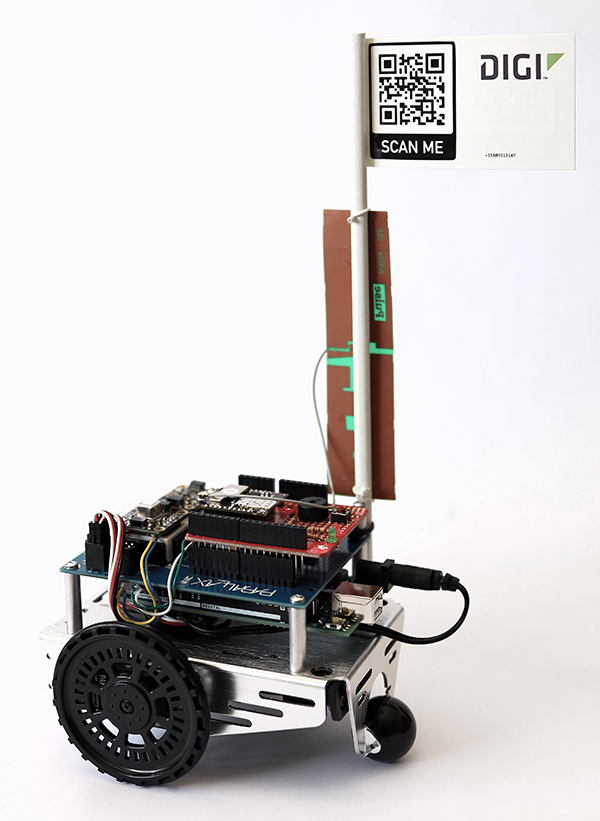 地球漫游车(目前有四个相同的设备)于 2022 年 1 月在拉斯维加斯举行的消费电子展(CES)上首次亮相。
地球漫游车(目前有四个相同的设备)于 2022 年 1 月在拉斯维加斯举行的消费电子展(CES)上首次亮相。
其目的是展示Digi XBee 3 GlobalIoT 模块的核心价值,包括完整的远程资产管理、在较小的功率和带宽预算内进行复杂操作、在难以进入的地方进行操作以及内置位置感知(GNSS)的价值。
我们的贸易展 "地球漫游者 "演示让与会者能够通过智能手机控制机器人。简单的文本命令即可移动机器人,机器人上的传感器可提供远程监控数据。 Digi XBee 模块可通过 GPS 卫星提供位置信息,传感器可实时发回温度和其他环境状况。
地球漫游车如何激励 STEM 机器人团队

地球漫游者是 STEM 机器人项目的典范,它让大学生和高中生学习远程探索知识,培养他们的蜂窝IoT 技能,从而为设计下一代联网设备做好准备。
举例来说,可以让学生机器人团队制作一个类似的机器人并参加比赛,目标是让每个地球漫游者在没有任何动手互动的情况下独立生存最长的时间和/或行进最远的距离。
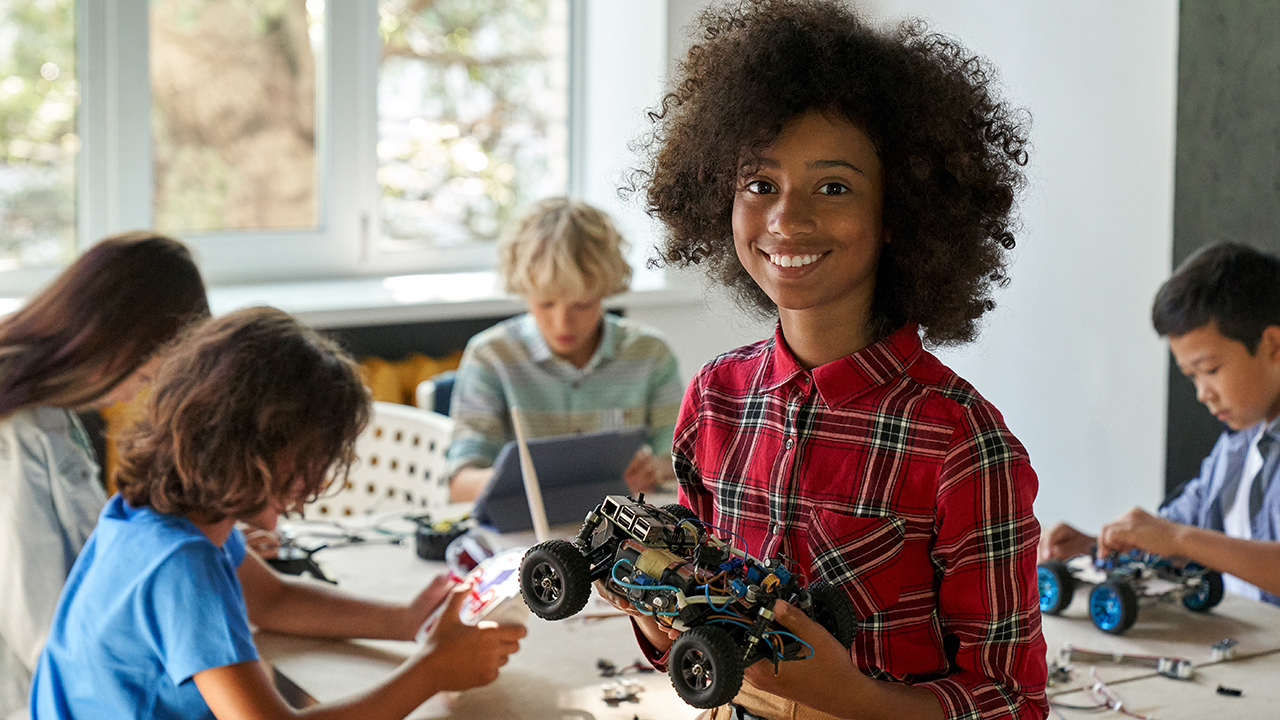
一旦地球漫游车 "着陆 "到某个地点,它将独立运行,只进行有限的远程通信。学生们可以从自己的成功和失败中亲身学习,掌握创建下一代互联设备解决方案所需的技能。
星际漫游车是远程蜂窝IoT 设备的绝佳模型。两者都需要用有限的电力做大量的工作,必须与有限的通信带宽以及可能断断续续的连接作斗争。两者都需要在相当具有挑战性的环境中进行遥感,而且都必须完全通过无线电指令进行控制。
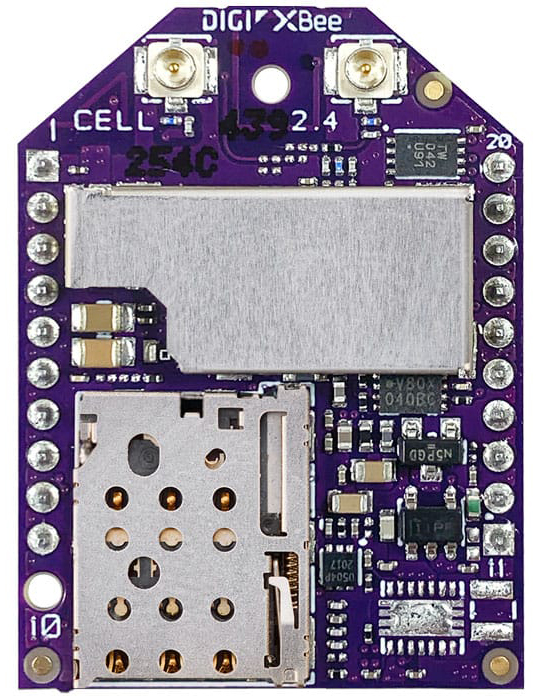 Digi XBee 蜂窝模块是该系统的核心。它支持 TCP/IP、UDP、SMS 和蓝牙 BLE。它提供 GNSS/GPS 定位服务和 MicroPython 边缘可编程功能。
Digi XBee 蜂窝模块是该系统的核心。它支持 TCP/IP、UDP、SMS 和蓝牙 BLE。它提供 GNSS/GPS 定位服务和 MicroPython 边缘可编程功能。
此外,还有一套完整的远程管理和监控系统、 Digi 远程管理器 对于正在大规模构建和部署无线机器人或其他联网产品的任何组织而言,这是一个至关重要的云平台,可用于配置、设备健康检查以及空中固件和软件更新。
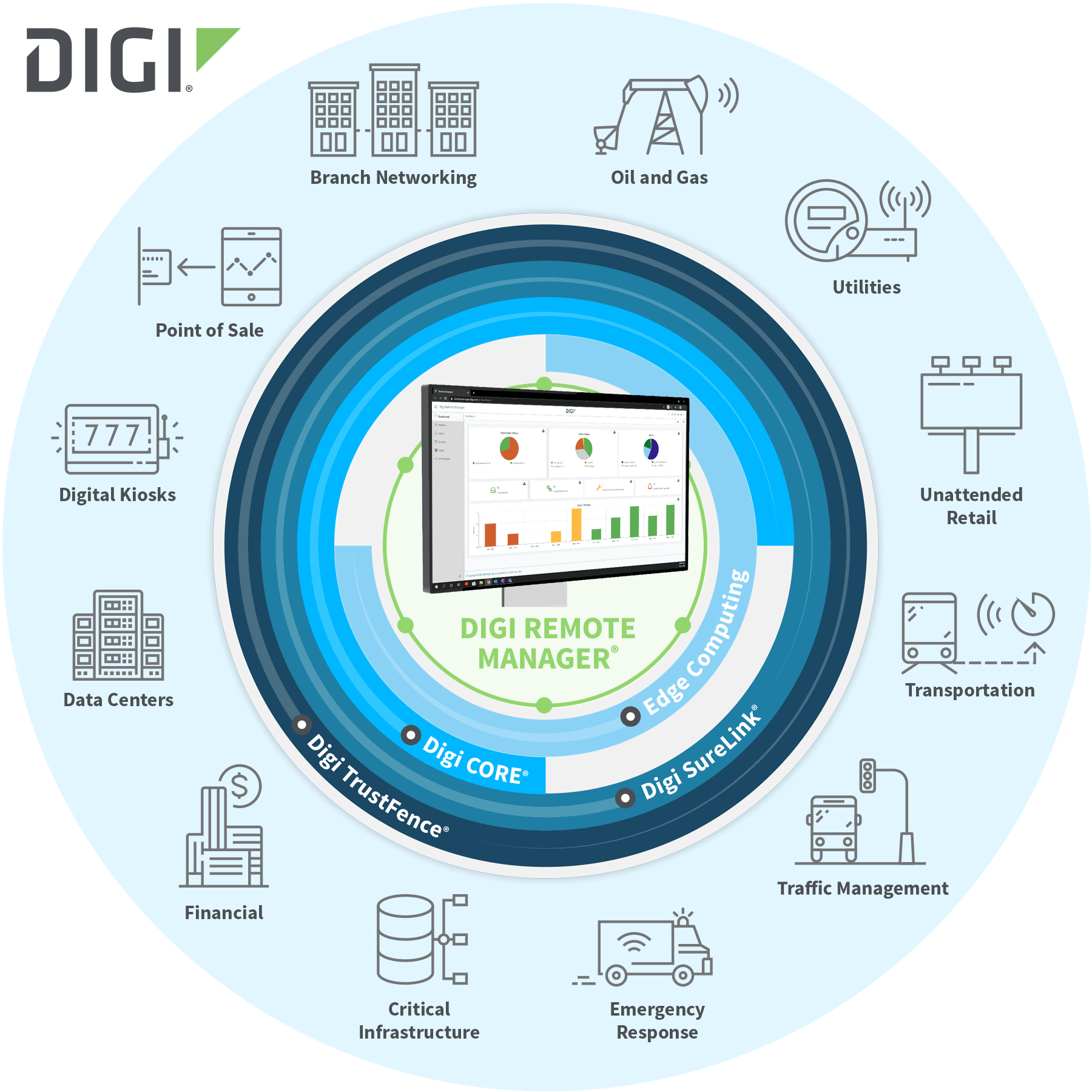
将 STEM 机器人技术与太空探索联系起来
一旦无线机器进入火星,电子皮带就是我们的全部。如果火星车被卡住、软件出问题、传感器丢失或需要新的指令,回应总是无线电指令。没有人会带扳手或油罐来。任何部件都不会被更换,任何东西都不会被清洁。
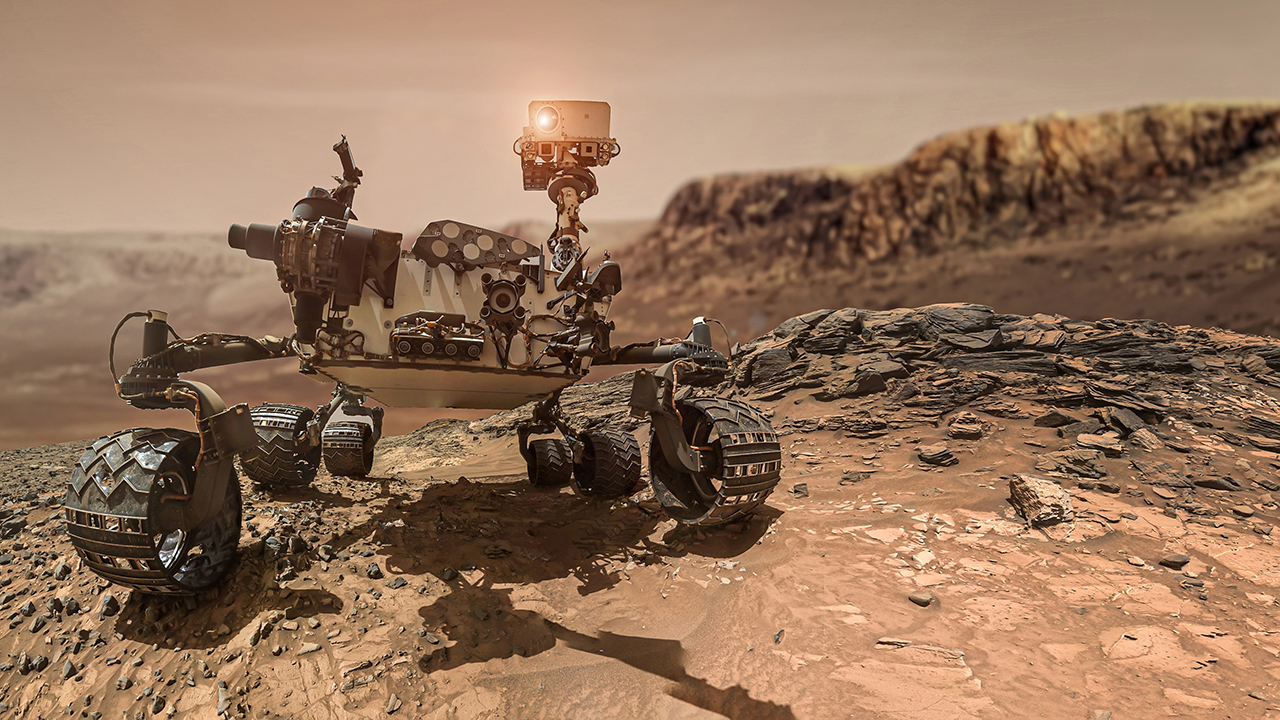
手机IoT 设备也是如此。许多设备安装在极难进入的地方,如私人住宅内,供应商无法进入。在其他情况下,由于设备网络的规模或分布,访问在技术上是可行的,但在经济上是不切实际的。访问 100,000 个地点并按下 100,000 个重置按钮的成本,更不用说所涉及的时间,意味着这些设备 还不如在火星上.因此,就像在 "红色星球 "上一样,无线电通信是我们唯一的联系方式。电子IoT 是我们的全部。
操作地球漫游车
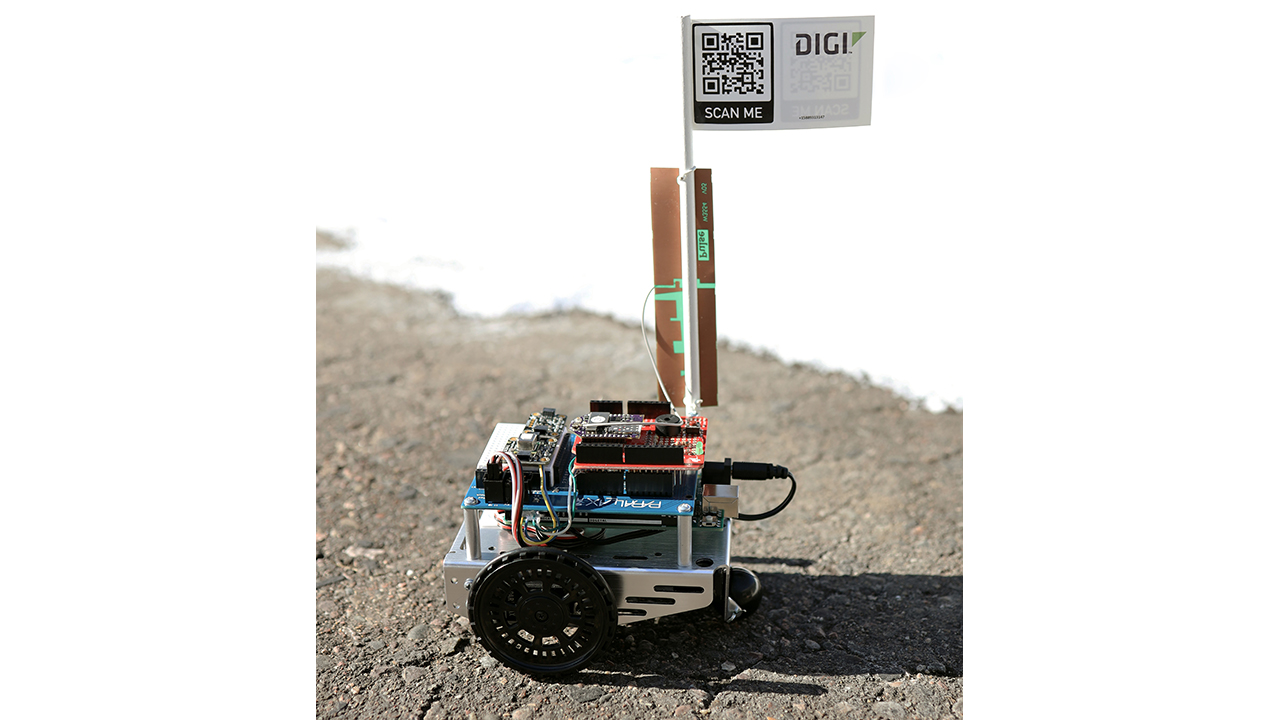
下面是 Digi 地球漫游者演示的快速浏览。首先,用户扫描漫游者旗帜上的二维码,创建一条发往Digi XBee Cellular 模块电话号码的短信。发送第一条指令后,机器人会前进几秒钟。然后,机器人会回复确认信息,并在帮助信息中显示其他有用的操作命令。
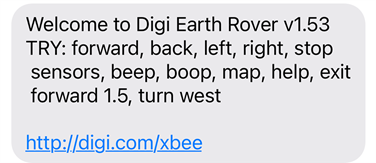 发送 "向左 "或 "向右 "指令,会触发 90 度转弯。发送 "后退",它就会后退,同时发出卡车般的嘟嘟声。事实上,你还可以发送 "哔哔"......或 "啵啵",让机器人播放不同的旋律。在命令后添加数字可以自定义执行时间。例如,"倒退 10 "可以让漫游者倒退 10 秒钟。
发送 "向左 "或 "向右 "指令,会触发 90 度转弯。发送 "后退",它就会后退,同时发出卡车般的嘟嘟声。事实上,你还可以发送 "哔哔"......或 "啵啵",让机器人播放不同的旋律。在命令后添加数字可以自定义执行时间。例如,"倒退 10 "可以让漫游者倒退 10 秒钟。
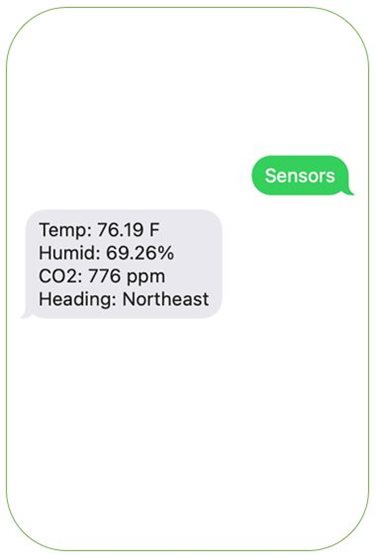 地球漫游车有各种环境传感器,可以报告温度、湿度、二氧化碳浓度以及当前的罗盘航向。传感器 "命令返回的报告如下所示:
地球漫游车有各种环境传感器,可以报告温度、湿度、二氧化碳浓度以及当前的罗盘航向。传感器 "命令返回的报告如下所示:
指南针可用于转向特定方向。发出 "向东转 "的指令后,机器人就会转动方向盘,直到朝向该方向,从而简化了绝对导航的过程。
地球漫游者使用Digi XBee 3 Cellular 的板载全球导航卫星系统/全球定位系统提供自己的位置。向漫游者发送 "map "命令后,漫游者会返回一个显示交互式地图的特殊链接,向远程用户显示它在世界上的确切位置。
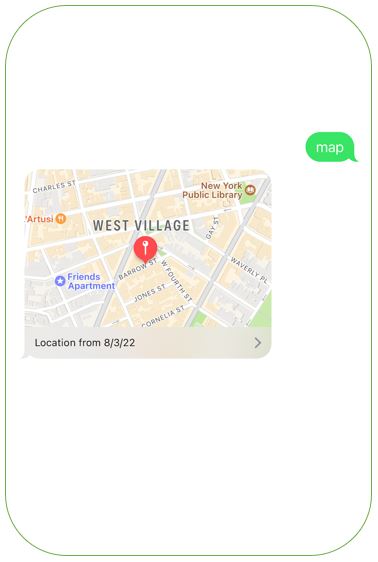 定位服务是蜂窝IoT 中一个特别重要的组成部分,因为顾名思义,使用蜂窝 的许多设备都具有移动性,需要实时显示其当前位置。
定位服务是蜂窝IoT 中一个特别重要的组成部分,因为顾名思义,使用蜂窝 的许多设备都具有移动性,需要实时显示其当前位置。
自动驾驶割草机可以追踪到它们工作过的地方,而运输拖车无论在路上还是在运输场等待取货,都可以被定位。
通过在安装时自动准确记录物理节点位置,即使是固定设备网络也能从中受益。
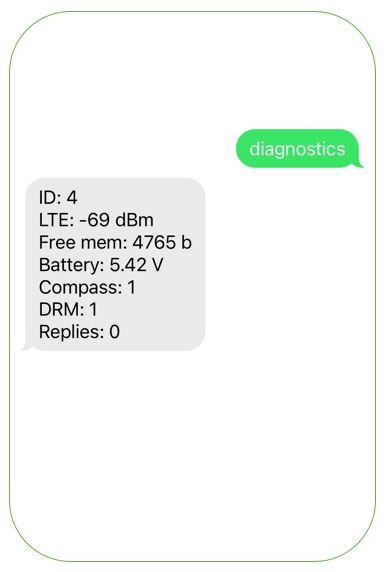 Digi 的地球漫游车可以进行远程配置。有一个特殊命令可以检索其诊断信息,包括唯一 ID、信号强度、可用内存、电压和其他状态设置。
Digi 的地球漫游车可以进行远程配置。有一个特殊命令可以检索其诊断信息,包括唯一 ID、信号强度、可用内存、电压和其他状态设置。
其他管理命令可以更新这些状态、调整其他设置、重启或关闭机器人。一切都在空中完成,就像在火星上一样。
对于学习无线设计的学生来说,制造可以在地球上任何地方远程配置和控制的机器人的过程--即使机器人在平流层之外的某个地方--提供了很好的学习机会,可以为未来培养出色的技能。
许多学生团队都使用 Digi 射频和蜂窝通信模块以及 Digi 嵌入式系统模块来制作原型和构建大大小小的项目!您可以在下面的相关内容中看到我们的一些学生案例研究。
为 STEM 机器人采购部件
尽管Digi XBee 3 CellularIoT是 Digi 的产品,但俗话说 "需要一个村庄的努力"。就 "地球漫游者 "而言,Digi 的合作伙伴帮助它实现了这一目标:
如果您想了解有关Digi XBee Ecosystem 的更多信息,请访问digi.com/xbee,或联系 Digi安排访问明尼阿波利斯总部,亲自与机器人见面。
下一步工作